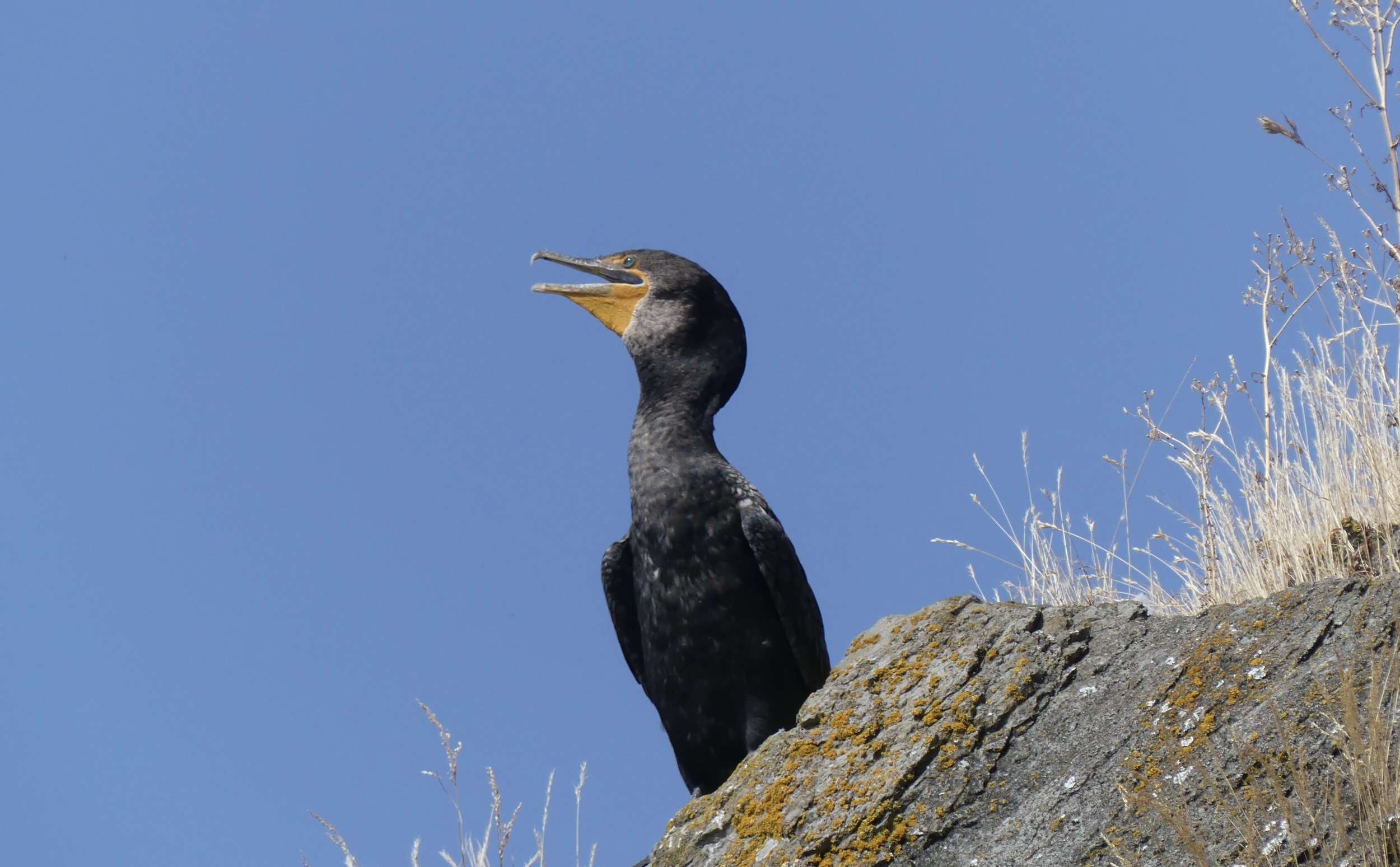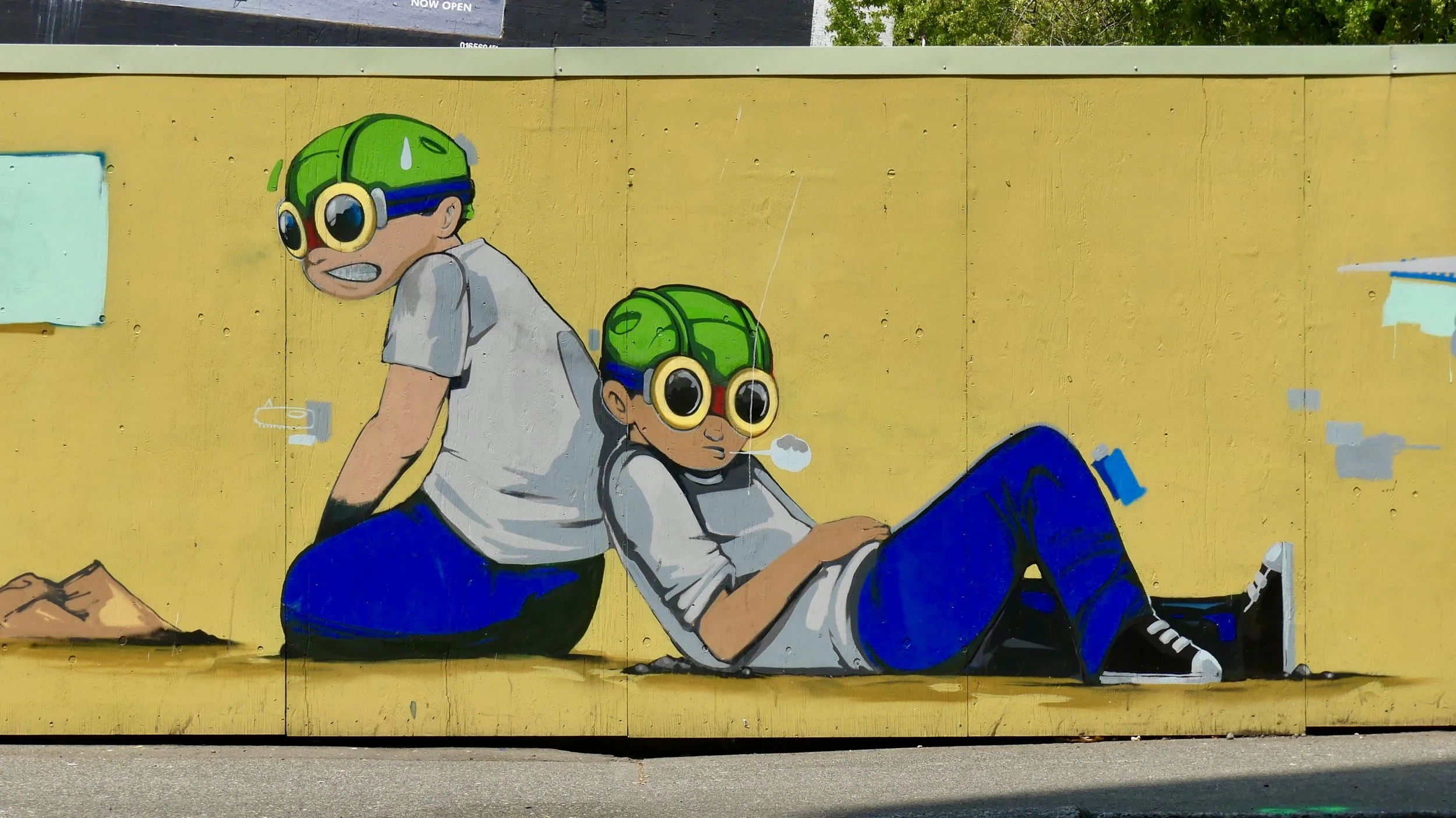Did you see lots of wildlife?
Today is Threatened Species Day.
In Australia, tweeps responded with one or two pictures of creatures back from the brink of extinction, but more of those rapidly approaching it. Eastern Bettongs appear to be doing better than Leadbeater's possum or the Greater glider.
Today's date was chosen because of the death, in 1936, of the last known Tasmanian Tiger, in Hobart Zoo. (Some of you will know what I think about that: see here if you don't). The tiger, or thylacine, had been hunted to death. Conservation of biodiversity wasn't a buzz phrase back then.
Many scientists are of the belief that the planet is experiencing a sixth mass extinction of its animals. This is a source of huge consternation for anyone who likes to walk on the wild side. It would seem, however, that many of us consider the prospect momentarily and superficially. When did you last see a politician thump a lectern about the extinction crisis? Is that because the loss of wildlife is an acceptable price to pay for society's progress and/or economic growth? Is that what you believe? If not, have you informed your democratically elected representatives of your concerns? Perhaps you overlook that fact that they are there to serve the interests of the people rather than party or pressure group.
I by no means wish to discourage you, but before you email your agenda – climate breakdown mitigation; ambitious renewable energy targets; efficacious land clearing restrictions; securely Protected Areas; rehabilitation of degraded habitats – to your local Member, consider how you might answer these questions. Do you presume domestic animals to be more important than keystone or flagship species? Do you consider yourself to be in solidarity with non-human animal species? Are human beings separate from 'nature' or do they ecologically co-exist with it?
In the New Statesman a couple of days ago, Simon Barnes asked us to consider living in a world without animals.
A couple of days before that, I returned from holiday in the Pacific Northwest of North America. I was telling some friends about the trip when one of them asked, 'Did you see lots of animals?' Regrettably, I reported that we had not. During three weeks in three different states – Oregon and Washington in the US and British Columbia in Canada – we saw remarkably little wildlife. We visited many locations where we expected otherwise: tidal wetlands; remote lakes; almost empty beaches; montane forests. We actively seek out birds; but there was a distinct shortage of shorebirds, waders or woodland species. There were many gulls, and lots of crows, and a few raptors, but not many anything else. There were no bears or wolves or cougars either, even though there were plenty of warnings of them. We saw deer, but no elk, except in burgers. We saw a few squirrels and chipmunks; a sea lion or two; and banana slugs, which, unsurprisingly, were not on my list.
We've been warned about the consequence of the loss of bees for years: no pollination of food crops. Have we banned the harmful chemicals responsible? No. Climate change tipping points have been described many times. Have we rushed to implement carbon emissions reduction policies? I don't perceive a sense of urgency. Humans seem to have a remarkable capacity for heads-in-the-sand inactivity in the face of overwhelming evidence to the contrary of continuing as we are.
A world without bird song and colour and character is indeed a grim prospect. The Double-crested Cormorant at the top of this page seemed like a rare treat by the time we reached Vancouver. I had to conclude there are worrying signs.
The closest I got to a bear




